There are several gardens created by designers at the RHS Chelsea Flower Show in recent years that use the term ‘brownfield site’ as the core of their concept.
In 2023, these included Cleve West for his Centrepoint Garden, which depicts the abandoned garden of a demolished townhouse; Tom Massey, for his Royal Entomological Society Garden, which is inspired by brownfield landscapes and their mosaic of habitats for insects; and The Balance Garden by Wild City Studio, an imagined community garden created on the remains of a forgotten industrial site. These show gardens all feature plants previously known as weeds and rubble piles, and begged the question: what is a brownfield garden?
More on
- Chelsea Flower Show tickets, information, dates and more
- Sign up to our Chelsea Flower Show newsletter
- What makes a Chelsea Flower Show winning garden?
Brownfield gardens: everything you need to know
What is a brownfield site?
A brownfield site is a piece of land previously used by humans, typically for industrial or commercial purposes. It could be anything from an old manufacturing plant or forgotten farmyard to a disused railway siding or former landfill site, but what these places have in common is that they once hummed with activity but are now abandoned or neglected, and usually become ‘overgrown’ – colonised by pioneer plants like native tree saplings and butterfly bushes, as well as wildflowers and weeds.
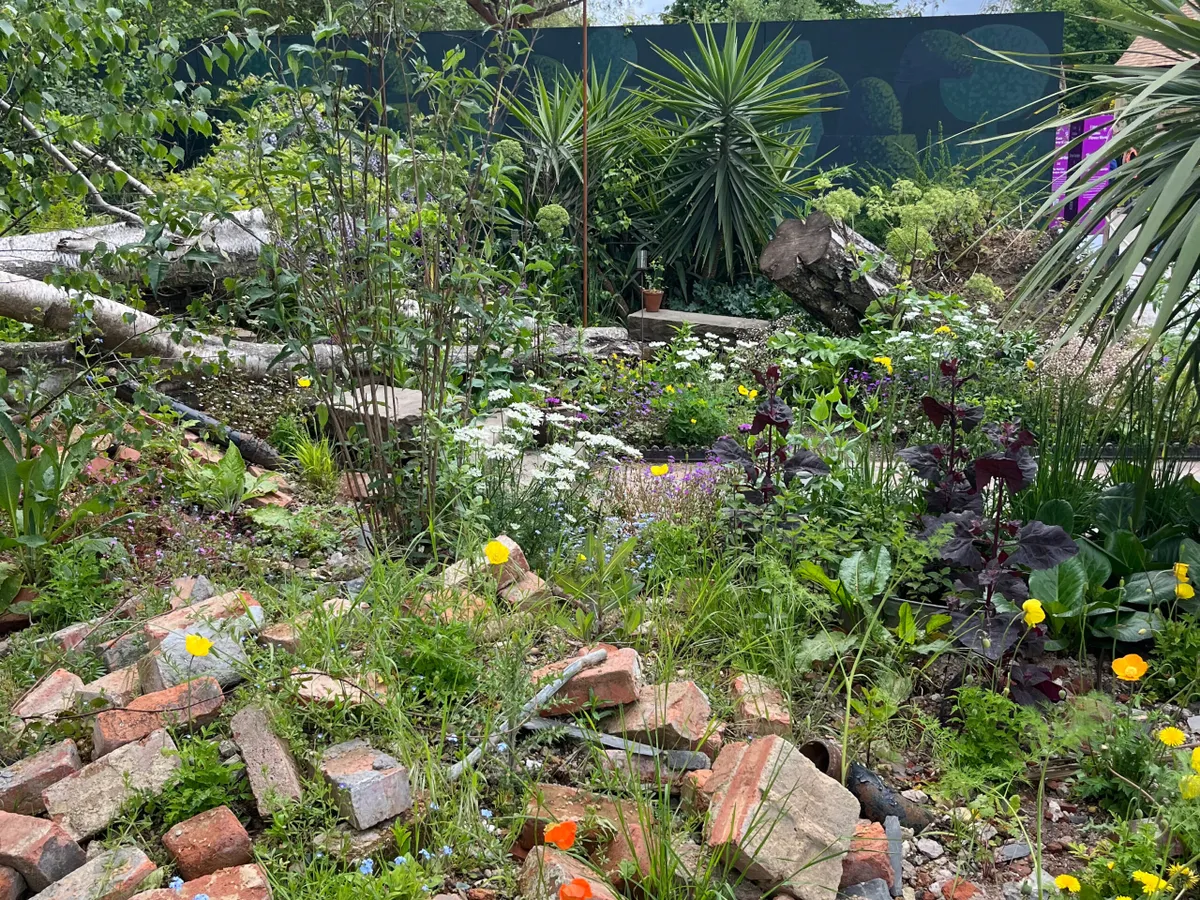
What is a brownfield garden?
A brownfield garden, then, is a garden made on a former brownfield site. Disused land like this might not seem like the most attractive place to think about creating a garden – there are often remains of old buildings, lots of waste materials and rubbish, brambles and broken concrete - but if you look beneath the surface, you’ll find that these places are still hotbeds of activity, of the non-human kind. More than 20 per cent of Sites of Special Scientific Interest (SSSI) are on brownfield land.
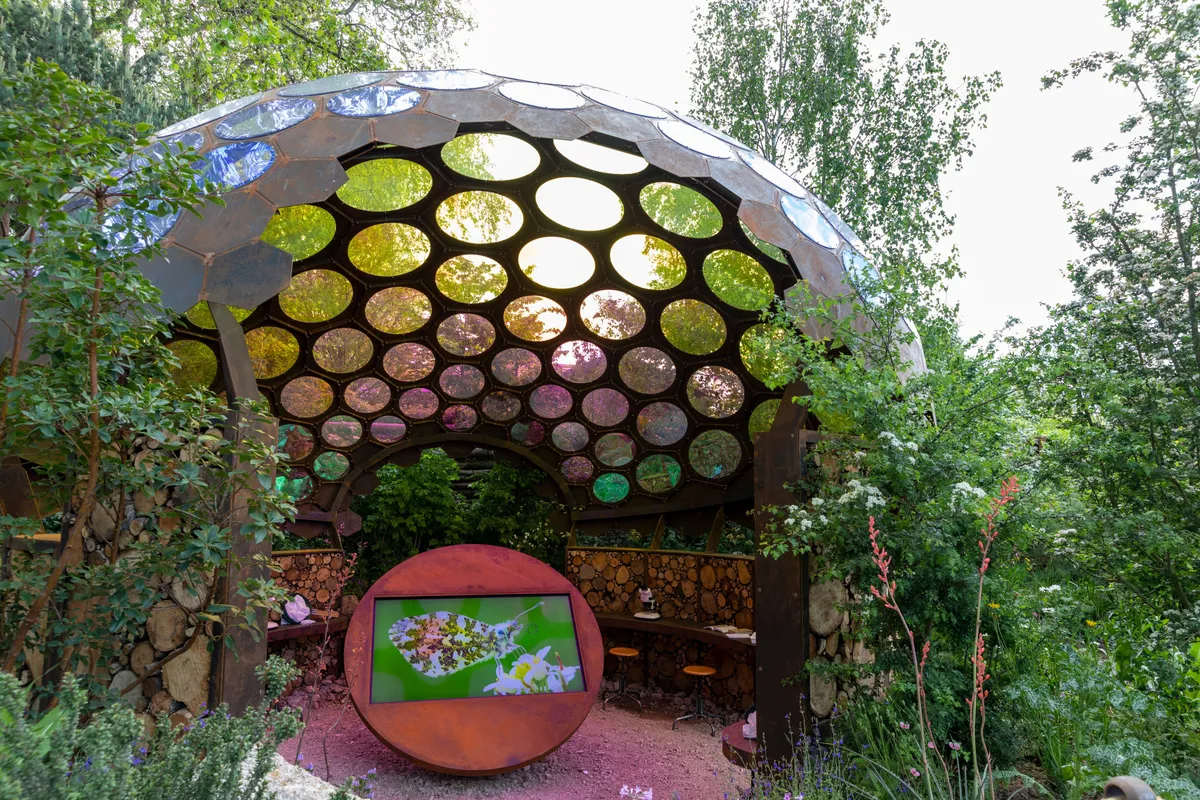
Transforming a brownfield site into a garden
One of the most famous brownfield gardens in the world is the High Line in New York. It was originally an elevated railway line that opened in 1933 and was used to ferry goods and produce across the city. It went into decline between the 70s and 80s and was going to be demolished in the late 90s before the Friends of the High Line formed and stepped in to suggest transforming the structure – which had become a wonderland of wild plants – into a public park. Dutch planting designer Piet Oudolf made his name on the project along with James Corner of Field Operations.
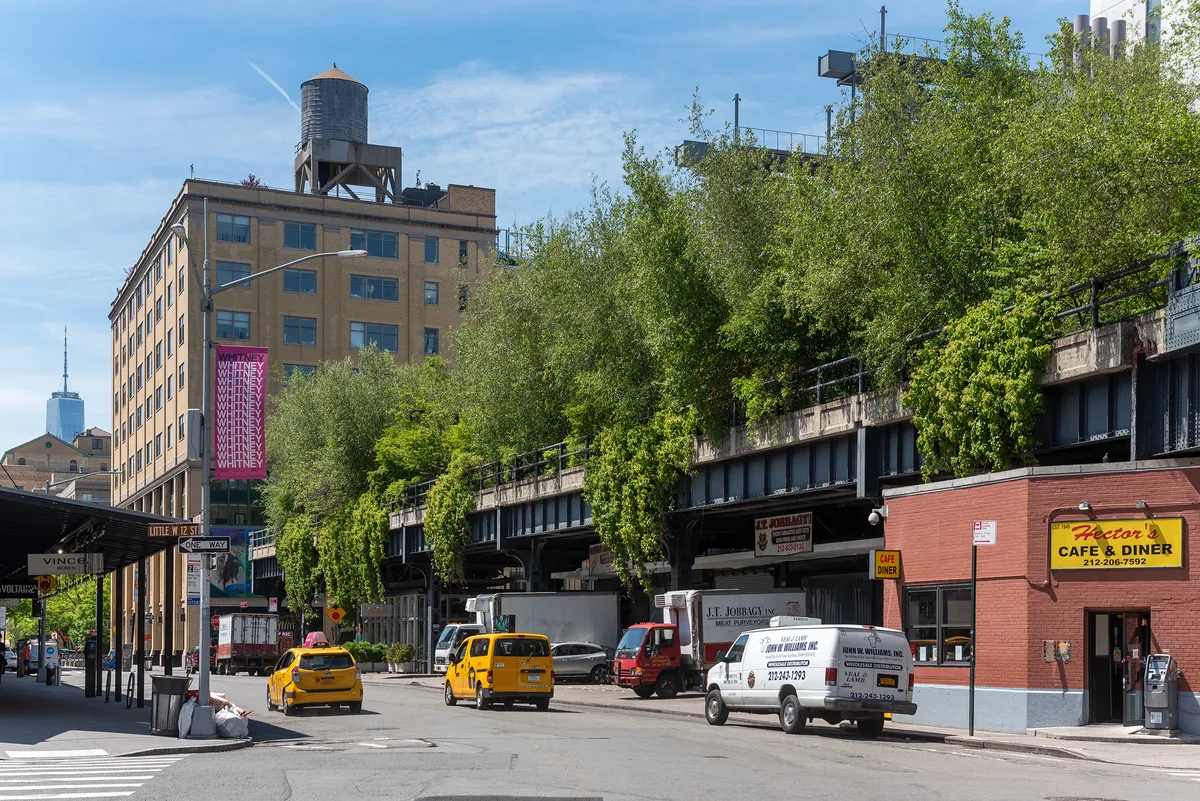
The first section of the park opened in 2009 and other sections were completed in phases, with the last being opened in 2019. The High Line is now a continuous 1.5-mile-long linear park containing more than 500 species of plants, and is visited by 8m people every year. Many other urban brownfield projects around the world were inspired by this ground-breaking park, including the Camden Highline in London, which is still in the funding and planning stages.
Another great example of a brownfield-site-turned-garden, but on a residential scale, is Jo McKerr’s Somerset garden, which at one point had housed a canal, a railway line and a dairy farm. When she first moved there, the derelict landscape was covered in rubble, brambles and pioneer species, and the soil was poor, and compacted in places. It seemed obvious to her that developing a meadow garden with large pond was the best idea, as this planting would suit the low-fertility soil and be great for wildlife but also look beautiful.
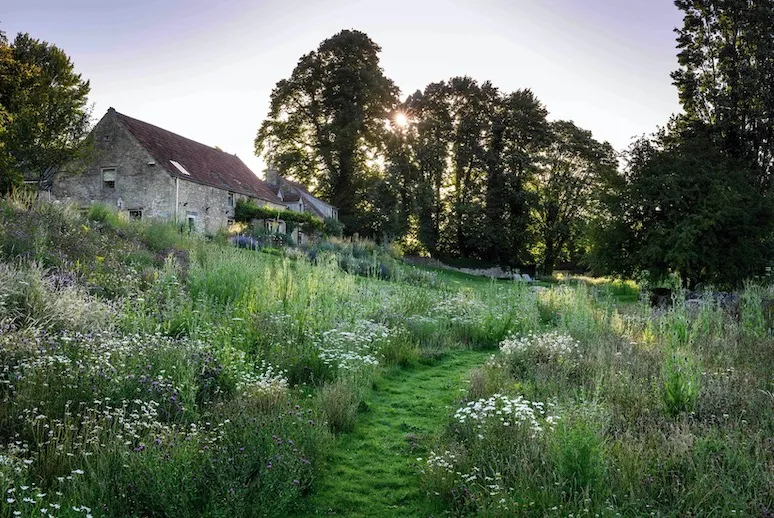
Problems of brownfield gardens
It isn’t always easy to turn a site like this into a growing space, however. Many brownfield landscapes are contaminated with chemicals such as petrol and oil, or heavy metals and even hazardous materials. Sometimes it is possible to ‘clean’ the soil through bioremediation – that is, growing plants that will cleanse the earth of these pollutants.

Where this isn’t possible, it may be necessary to cap the soil and use raised beds of imported topsoil to plant into, as has been done at the Jordans Mill Food Garden in Bedfordshire designed by Ian Kitson and Julie Toll. Any brownfield site that is going to be used for growing on, particularly for edibles or for community use, should be tested for contaminants before any gardening begins.
Brilliant for biodiversity
According to the charity Buglife, the biodiversity of some brownfield sites is only equalled by that of some ancient woodlands. Brownfield land is often the best or only available habitat for many rare and endangered species, including protected bumblebees and butterflies.
Brownfield sites are wonderful places for wildlife because, in simple terms, they usually contain a wide range of materials, which creates different habitats that suit different species – known as a ‘habitat mosaic’.
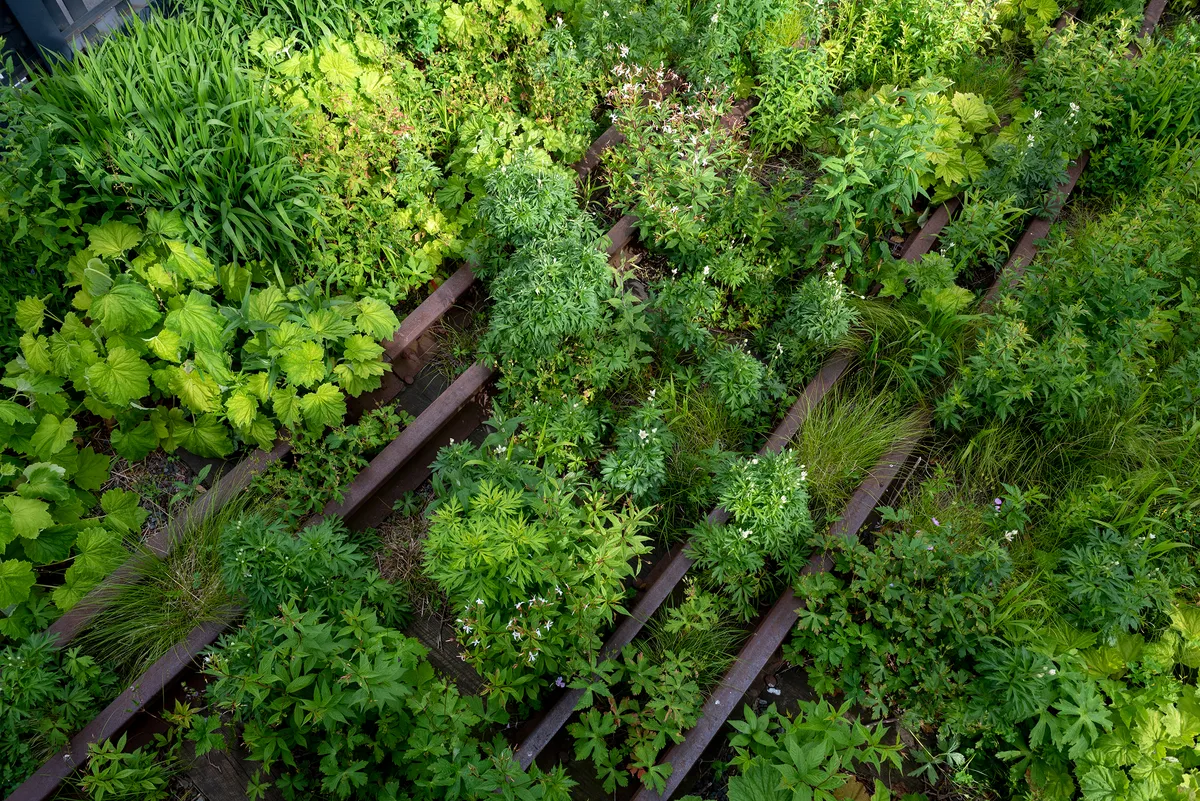
Those rubble piles and cracks in concrete slabs create growing conditions for a range of plants – some will enjoy the side of a sunny, hot, sand pile, while others will prefer to seed themselves into the dark, damp crevices of a tumbledown wall heap. The high diversity of plants leads to high diversity of wildlife, first attracting the different insects in, which in turn attract larger creatures like birds and reptiles.
As well as an abundance of flowers and plants, brownfield sites provide places for insects to live and nest, including patches and banks of bare ground. These areas can also function as wildlife corridors for larger mammals and birds in built-up urban areas.
Find out more about insects and their value to a garden’s biodiversity in our new series Small Stories with Tom Massey and the Royal Entomological Society.
Making new brownfield gardens
Because of their high biodiversity value and sustainability, many gardeners are now trying to emulate and recreate open mosaic habitats like brownfield sites from scratch using waste materials.
Green roof pioneer John Little uses his garden at Hilldrop in Essex as a trial ground for various growing mediums, from crushed ceramics (old toilets) to building waste, sand and concrete, turning these low-nutrient substrates into swathes of wildflower meadow. He has even found that a shopping trolley dumped in a canal can be a rich environment for wildlife, and promptly dropped one in his pond. He has a vision of a future where almost all construction waste can be recycled and reused to grow on, giving us beautiful spaces and biodiverse habitats – leaving the fertility-rich topsoil to grow our food in.
Another place where brownfield is being recreated is the Rewilded Garden at Knepp Castle Walled Garden in West Sussex, an experiment of sorts, created with help from Tom Stuart-Smith, James Hitchmough and Jekka McVicar. It was previously a croquet lawn, before the team, including head gardener Charlie Harpur, created lots of big and small mounds using the remains of an old garden building, thereby creating a wide variety of different aspects and growing conditions for a broad range of plants – an incredible 900 species were planted or sown here. The plants are not watered or fertilised, meaning that as well as reusing waste, the space is also low-input, needing minimal resources.
With most of us keen to garden in a more ecological way these days, it seems like brownfield gardening – wildlife friendly, biodiversity boosting, sustainable, climate conscious and resilient – could be the new approach we are all looking for.
